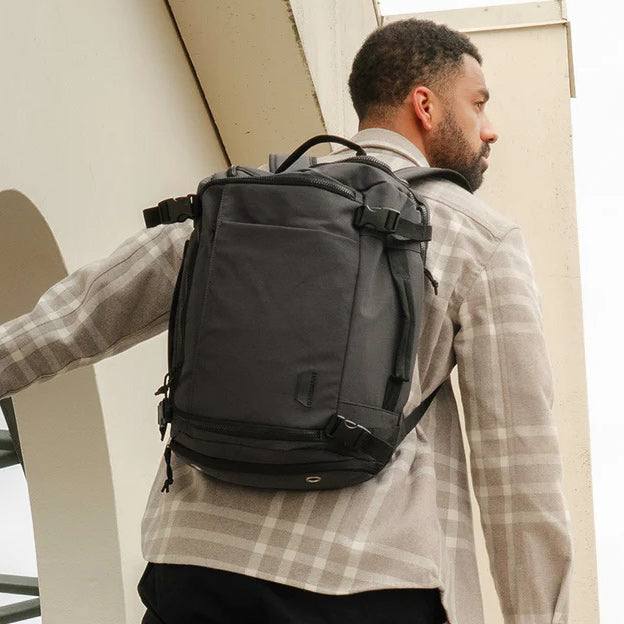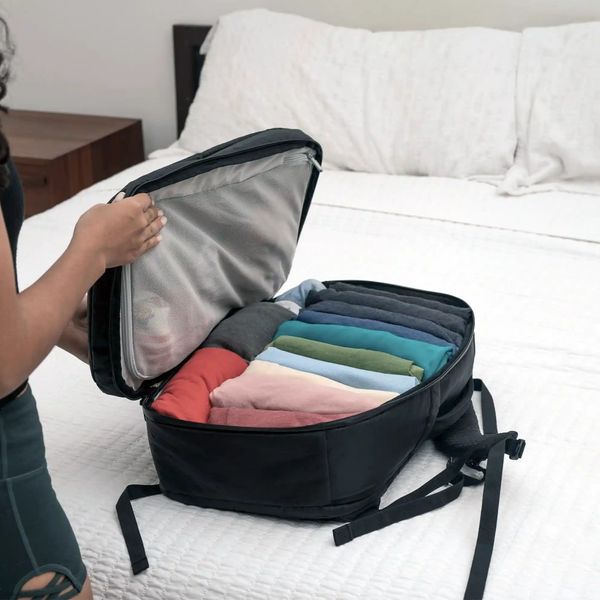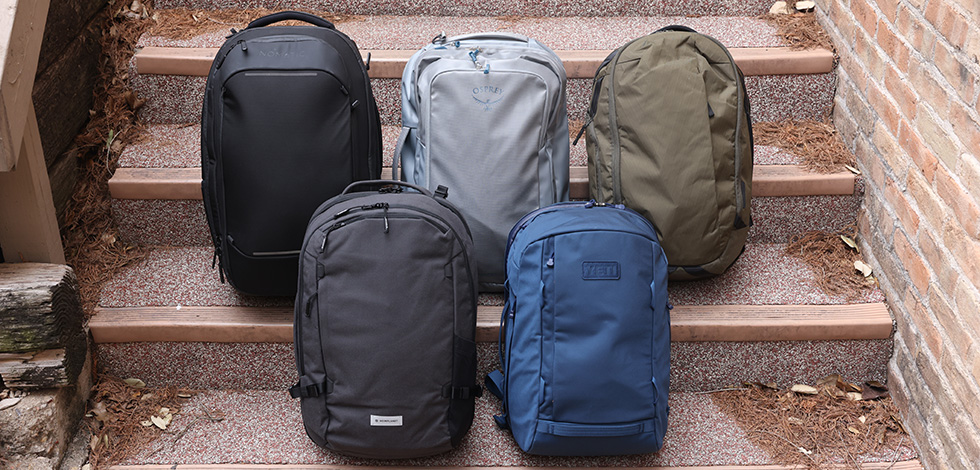Understanding Carry-On Luggage Dimensions and Airline Regulations
Navigating the world of airline regulations regarding carry-on luggage can feel like deciphering a secret code. However, understanding these limitations is paramount to avoid unexpected gate-checking fees and the inconvenience of being separated from your essentials. While standard domestic carry-on luggage sizes in the United States often hover around 22 x 14 x 9 inches (including wheels and handles), international airlines can have stricter requirements. It’s crucial to always verify the specific size and weight restrictions of the airlines you’ll be flying with, as these can vary significantly. Some budget carriers, in particular, may have smaller allowances. Investing in a piece of carry-on luggage that adheres to the most common international standards provides greater flexibility and peace of mind.
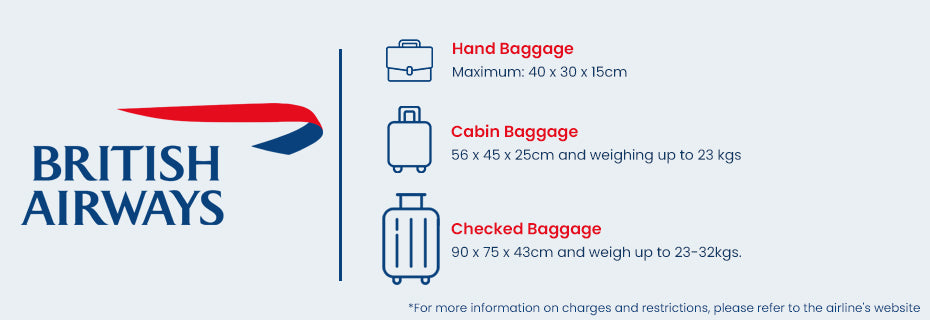
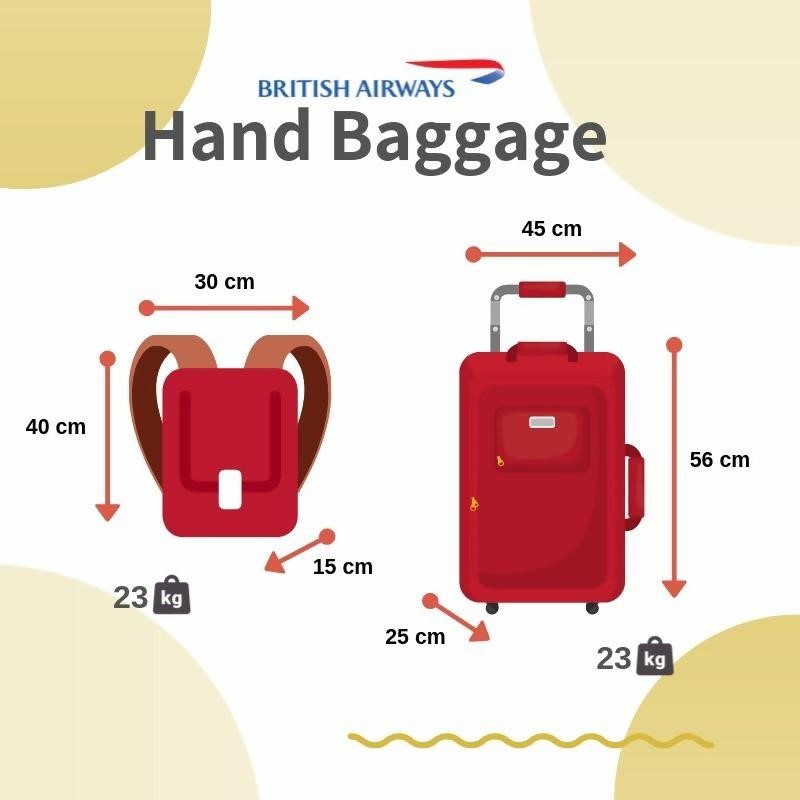
Exploring the Different Types of Carry-On Luggage
The world of carry-on luggage extends far beyond the basic rectangular suitcase. Understanding the different types available will empower you to choose the one that best suits your travel style and needs.
Rolling Suitcases: The Classic Choice
Rolling suitcases, often featuring two or four spinner wheels, are a popular choice for their ease of maneuverability. Two-wheeled models are generally more durable on uneven surfaces, while four-wheeled spinners allow for effortless gliding through airport terminals. Consider the quality of the wheels and the extendable handle for long-term durability and comfort.
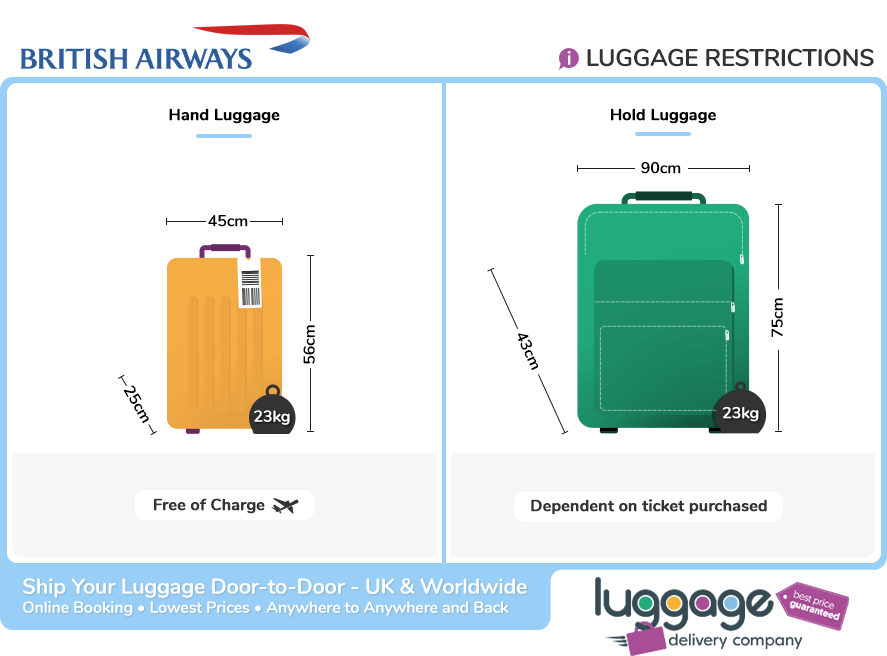
Softside vs. Hardside Luggage: Weighing the Pros and Cons
The debate between softside and hardside carry-on luggage is a long-standing one, with each offering distinct advantages. Softside luggage, typically made from materials like nylon or polyester, often offers more flexibility in terms of packing capacity and may feature external pockets for easy access to essentials. Hardside luggage, constructed from materials like polycarbonate or ABS plastic, provides superior protection for fragile items and is generally more water-resistant. The choice often comes down to your packing habits and the types of items you typically travel with.
Underseat Luggage: Maximizing Your Allowance
For shorter trips or as a supplementary bag, underseat luggage can be a game-changer. Designed to fit comfortably under the seat in front of you, these bags maximize your personal item allowance and are perfect for keeping essentials like laptops, tablets, and travel documents within easy reach.
Carry-On Backpacks: Hands-Free Convenience
For travelers who prioritize mobility and hands-free convenience, a carry-on backpack is an excellent option. Look for features like comfortable straps, a supportive hip belt, and a clamshell opening for easy packing and access. Many high-quality carry-on backpacks are designed to meet standard airline size restrictions.
Key Features to Consider When Choosing Carry-On Luggage

Beyond size and type, several key features can significantly impact the functionality and longevity of your carry-on luggage.
Top Considerations for Different Types of Travelers
The “best” carry-on luggage is subjective and depends heavily on your individual travel style and needs.
The Frequent Business Traveler
Business travelers often prioritize durability, professional aesthetics, and organizational features like laptop sleeves and garment compartments. A sleek hardside spinner with excellent maneuverability is often a preferred choice.
The Weekend Getaway Enthusiast
For short trips, a lightweight and versatile softside carry-on or a spacious carry-on backpack can be ideal. Easy access pockets for essentials are a plus.
The Adventure Traveler
Durability and comfortable carrying options are paramount for adventure travelers. A rugged carry-on backpack with a supportive suspension system is often the best choice.
The Family Traveler
Families may benefit from larger carry-on luggage with expandable features or coordinating sets to maximize packing space. Durability is also key to withstand the wear and tear of family travel.
Caring for Your Carry-On Luggage to Ensure Longevity
Investing in quality carry-on luggage is a smart move, and taking proper care of it will ensure it serves you well for years to come. Regularly clean your luggage with a damp cloth to remove dirt and scuffs. For hardside luggage, a mild detergent can be used for tougher stains. For softside luggage, check the manufacturer’s instructions for cleaning recommendations. Store your luggage in a clean, dry place when not in use to prevent mildew and dust accumulation. Inspect the wheels, handles, and zippers periodically and address any minor repairs before they become major issues.
